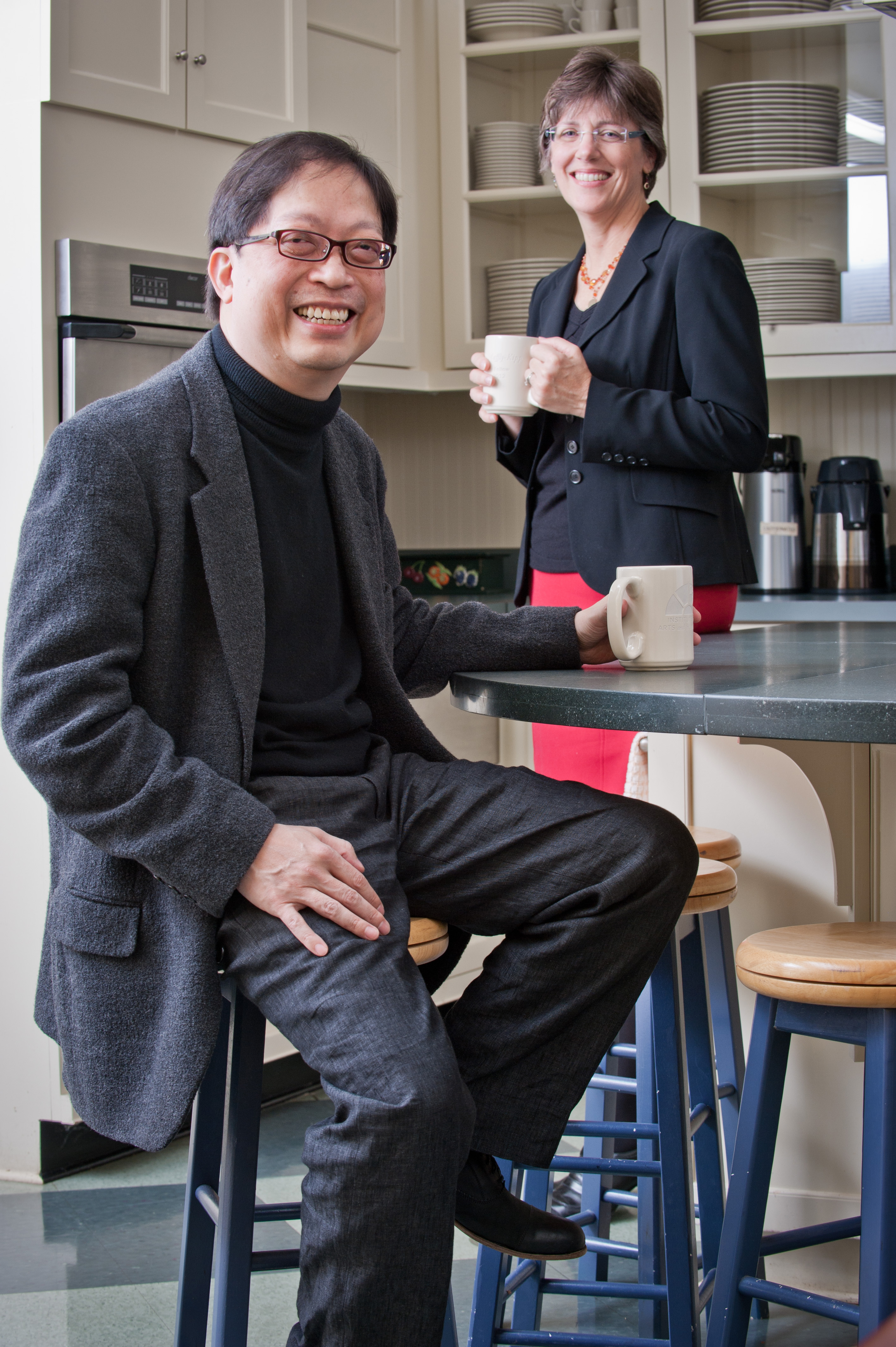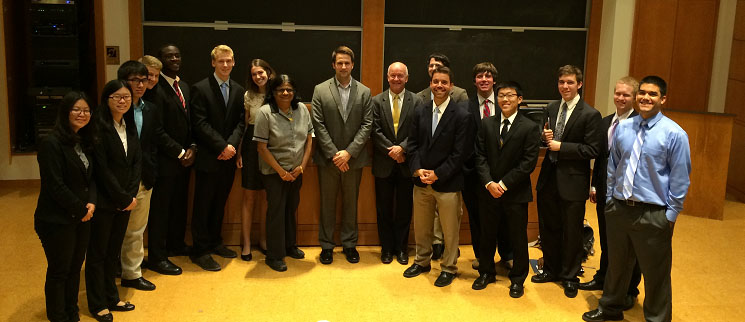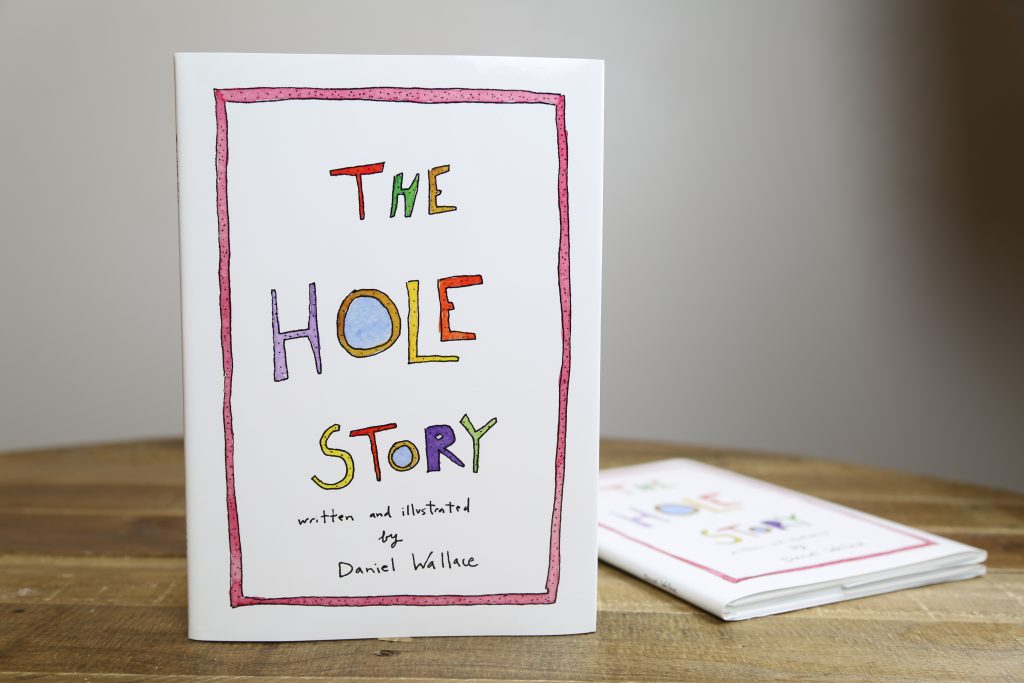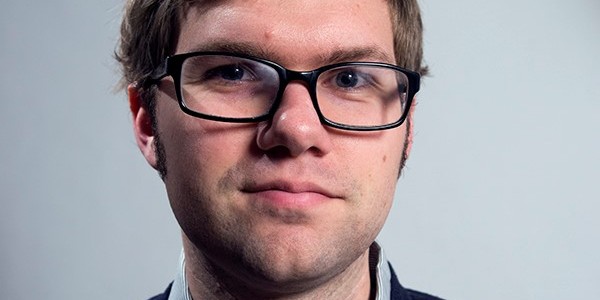
In 2012, the Institute for the Arts and Humanities (IAH) in Hyde Hall in the College of Arts and Sciences celebrates 25 years of providing support to faculty to ensure that Carolina recruits and retains outstanding teachers, leaders and researchers. A cornerstone of the IAH’s offerings are its faculty fellowships, which connect faculty in the arts and humanities to one another while providing them dedicated time to pursue scholarly projects. We asked two faculty members about how IAH fellowships have refreshed and informed their work. For more on IAH anniversary events, visit http://iah.unc.edu.
Laurie Maffly-Kipp, professor and chair of the department of religious studies, has received an IAH summer fellowship, a leadership fellowship and two semester-long faculty fellowships. In January 2012, she began serving as associate director for the IAH Faculty Fellows Program.
Q: You have had two semester-long IAH faculty fellowships — one in 1998 and one in 2008. How has your work benefited from each of those?
A: Both of the fellowships helped me shape my ideas for two of my books. During my 1998 fellowship I was working on a book about African-American religion (Setting Down the Sacred Past: African-American Race Histories. Belknap Press of Harvard University Press, 2010.) The fellowship allowed me to try out some of my early ideas for that book project with scholars who knew about critical race theory and the history of African-American life. During the 2008 fellowship, I was at the beginning stages of thinking about a book on Mormons that is intended for a general audience, not a scholarly one. So I needed to hear from people who didn’t know much about Mormons. The fellowship was a great sounding board for that project. I’m still at work completing that book.
Q: Please share a specific example of how the chance to connect with other scholars helped shaped your work.
A: During the 1998 fellowship, I was struggling with how to talk about African-Americans who were building ideas of racial history in the 19th century. I asked the other fellows to draw me a conceptual map of how they understand the relationships between race and identity. It was a mind map — a picture of how things are related to each other. One of the other fellows, a professor of women’s studies, drew this incredibly complicated prismatic picture for me that helped me think about how I was going to organize the book in a different way. I kept that map in front of me as I was writing the rest of the book, and it was incredibly helpful.
Q: What has been the biggest benefit of your association with the IAH?
A: The IAH has helped me build relationships with people all over campus. My work tends to be very interdisciplinary, but always during the course of IAH seminars and other events I find people I didn’t know before who know a lot about a subject or who give me help in unexpected ways.
Michael Tsin, associate professor of history, and acting director (2011-2012) of the Carolina Asia Center, received an IAH faculty fellowship in fall 2010.
Q: What did you work on during your IAH faculty fellowship?
A: I used the time to work on my upcoming book. The working title is Cultural Politics of Chineseness in the 20th century. The starting point for the project was that, in casual conversation, you often hear people say, “That is very Chinese,” or “That is very American.” I wonder what people really mean by that. I’m a historian by training, so the book tries to answer that by examining events in the late 19th century and into the 20th century. The book is organized into four different case studies. Each tells us something about why the notion of Chineseness has become so prevalent in the way people think about China.
Q: What was the biggest benefit of the fellowship for you?
A: The opportunity to interact socially and intellectually with people in the College of Arts and Sciences who don’t work in the field that I do has been greatly rewarding. We talk a lot about interdisciplinary studies, but in reality, in everyday life in the university, we teach and interact mostly within our own disciplines. So it is quite rare for us to have a sustained opportunity to interact formally or informally with colleagues in other fields, even other fields within the social sciences.
Q: How did that interaction inform your work?
A: Even when other fellows’ work did not seem directly relevant to my own, when I listened to what they had to say, new patterns emerged. For instance, an art historian in my group was studying sculptures during the Harlem renaissance, which seems quite far removed from my own work. But he talked about African American artists in the 1920s and ’30s and the influence that Asian materials had on their work. It was fascinating, and it opened up new ways for me to think about my own project. To some extent we were both looking at issues surrounding identity, even though he was tracking different cultural currents.
[ By Angela Spivey ’90, spring ’12 Carolina Arts & Sciences magazine ]




